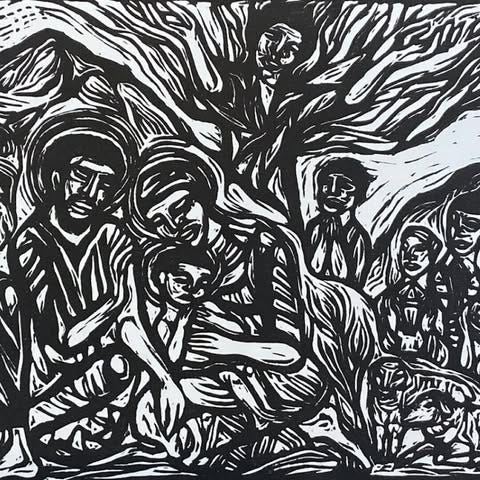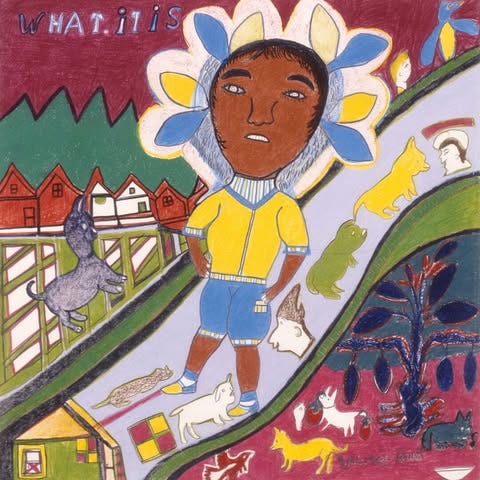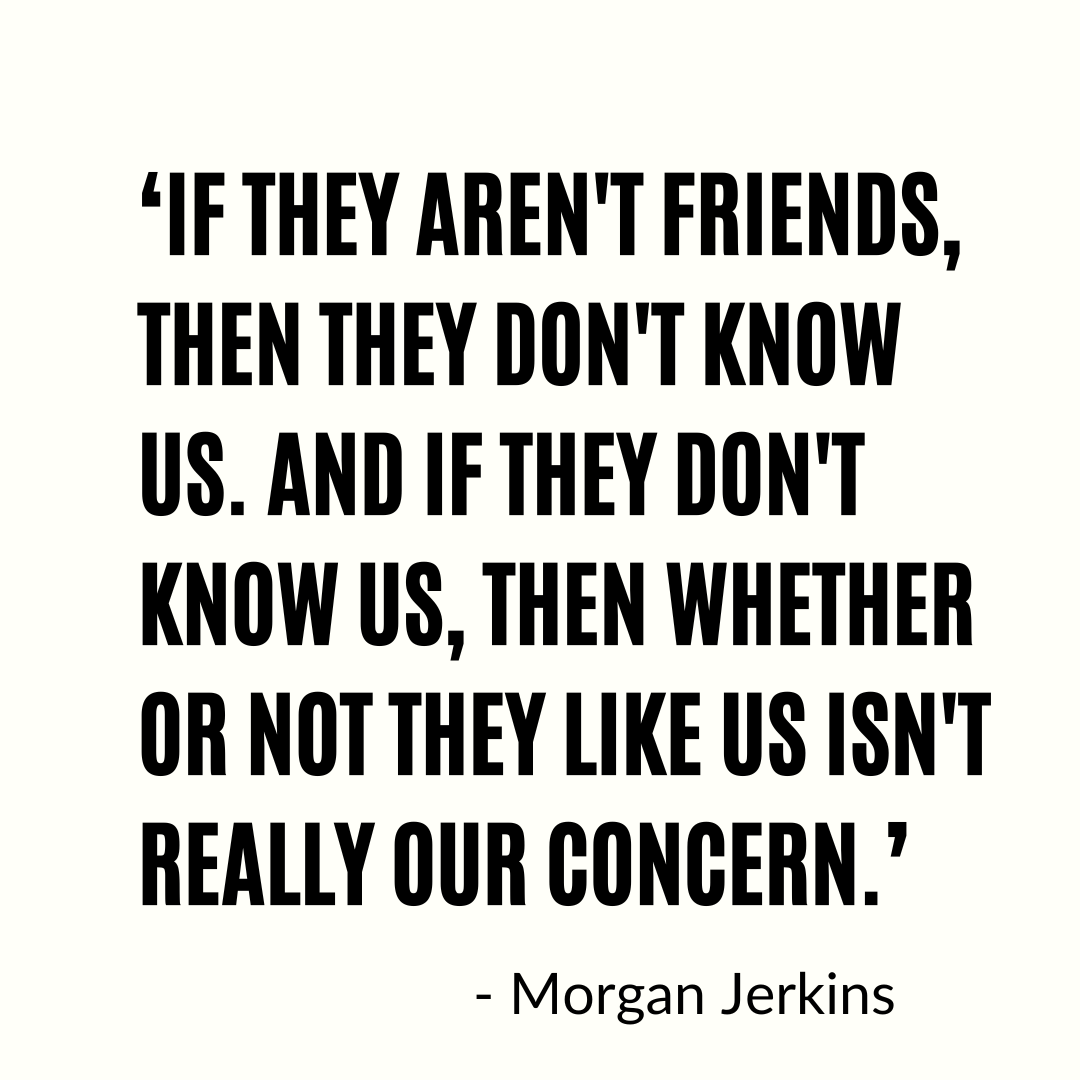Captioned Black Art
Your Curated Art Museum
“Come for the art, stay for the quotes.”
“People always coming up with excuses about why they can’t do this and why they can’t do that. You can do anything you want to do.”
— Terry McMillan, Mama
A Snippet:
Did you know that Terry McMillan’s 1996 best-selling novel How Stella Got Her Groove Back—which explored a May-December romance—was based on McMillan’s own experience with her former husband, Jonathan Plummer, whom she married in 1998 when she was 47 and he was 24?
Learn more . . .
142. “Weary Traveler”
“If you put art into the world, you will get beauty in return.”
— Ashley Bryan
Did you know?
Did you know that Ashley Bryan (1923 - 2022), was drafted out of art school into the segregated US army at age nineteen but preserved his humanity throughout World War II by drawing (while stowing supplies in his gas mask)?
At seventeen, Bryan entered the tuition-free Cooper Union School of Art and Engineering, having been denied entry elsewhere because of his race.
Bryan was told by his high-school advisor, “Apply to Cooper Union; they do not see you there”—as admission to Cooper Union was based largely on performance and portfolio.
Unexpectedly, at age nineteen, Ashley Bryan was drafted out of Cooper Union into the US army, where he served honorably.
After the war, Bryan completed his degree at Cooper Union and went on to study philosophy and literature at Columbia University on the GI Bill, and then, later, moved to Europe on a Fulbright scholarship.
During his time in Europe, Ashley Bryan commented, “I found the rhythm in my hand.”
When Bryan returned to the United States, he taught art at several schools and universities, retiring in the 1980s to Maine’s Cranberry Isles as professor emeritus of Dartmouth College.
143. “Ornithology”
“I do everything that I enjoy, and I enjoy everything that I do.”
— Willie Cole
Did you know?
Did you know that Willie Cole’s work (b. 1955 in Somerville, New Jersey) has been the subject of several one-person museum exhibitions, including: the Museum of Modern Art, New York (1998), Bronx Museum of the Arts (2001), Miami Art Museum (2001), Tampa Museum of Art (2004), University of Wyoming Art Museum (2006), Montclair Art Museum, New Jersey (2006), and the College of Wooster Art Museum, Ohio (2013-14)?
Several of Cole’s sculptures were included in ‘Reconfiguring an African Icon: Odes to the Mask by Modern and Contemporary Artists from Three Continents’ at the Metropolitan Museum of Art in New York (2011).
In 2013, a traveling exhibition ‘Complex Conversations: Willie Cole Sculptures and Wall Works' opened at Albertine Monroe-Brown Gallery at Western Michigan University.
In 2015, Cole’s work was included in ‘Represent: 200 Years of African American Art’ at the Philadelphia Museum of Art and ‘Wild Noise: Artwork from the Bronx Museum of the Arts’ at El Museo Nacional de Bellas Artes, Havana.
144. “What It Is” (circa 1978–1982)
“Most of the things that I draw, I don’t know what they are by name. People say, ‘Nellie, what is that?’ I say I don’t know, it is what it is. That is all I know. But I know one thing, I draw what is in my heart.”
— Nellie Mae Rowe
Did you know?
Did you know that Nellie Mae Rowe (born in Fayetteville, Georgia) spent most of her life in a farming community outside of Atlanta?
Rowe was prolific, creating drawings, dolls, chewing-gum sculptures, and assemblages made from egg cartons, marbles, and assorted trinkets.
One of ten children, Nellie Mae Rowe grew up on a farm. However, from an early age, she made dolls and sketched whenever she could. Rowe married her first husband when she was 16, working alongside him on a farm until his passing in 1936. Unfortunately, during this period, she found little time to make art.
Following the death of her second husband in 1948, Rowe supported herself by working as a maid, significantly increasing her artistic output.
Locals remarked how artwork filled Rowe’s yard and house (which she dubbed her “playhouse”) yet art collectors and curators didn’t take notice until the mid-1970s.
Rowe’s first solo exhibition took place in 1978 at Alexander Gallery in Atlanta. She traveled outside Georgia for the first time in her life, the following year, to view an exhibition of her work at the Parsons/Dreyfus Gallery in New York City.
Suffering from cancer in 1982, Rowe was unable to attend the opening of the landmark exhibition Black Folk Art in America, 1930–1980, at the Corcoran Gallery of Art in Washington, D.C. In 1999, the Museum of American Folk Art organized a retrospective of Rowe’s art, which traveled to NMWA in summer 1999.
It is what it is
(Breathe In . . . Breathe Out)
Beauty in return
A STEM Grew Petals Newsletter
Next issue is next Thursday:
11am (Pacific), 2pm (Eastern)
Want Daily Quotes?
Follow on Instagram (at Captioned Black Art)
Made in Silicon Valley (with love) by author Jafari Joseph.
Copyright (C) 2025 My STEM Grew Petals Publishing. All rights reserved.
STEM Grew Petals is a reader-supported publication. To receive new posts and support my work, consider becoming a free or paid subscriber.








